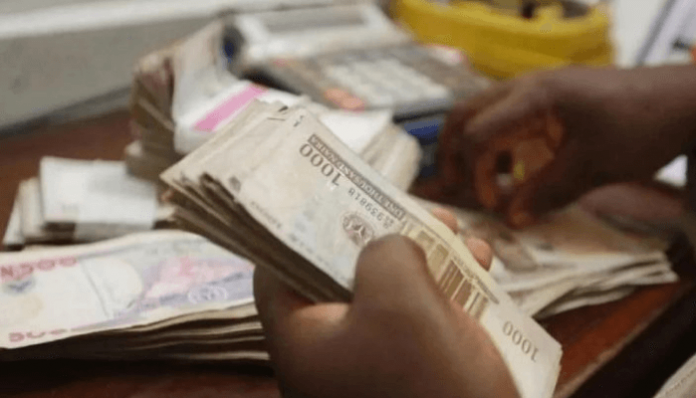Following purchasing activity seen in the secondary market throughout the short, belly, and long ends of the curve, the average yield on Nigerian Treasury notes fell to 22%.
The financial system’s liquidity level increased in response to the spike in demand. With the market seeing N53.35 billion inflows from FGN bonds coupon payments, the pressure on the liquidity level decreased.
The sum increased overall liquidity, which led market participants to look for investment opportunities to store their spare money. According to data from the FMDQ Securities Exchange, short-term benchmark interest rates have fallen as a result of the influx.
Following the inflows from FGN bond coupon payments of N53.35 billion, the overnight lending rate decreased by 58 basis points to 30.7%, according to data acquired from FMDQ.
Though, funding rates remained elevated at double digit highs since 6% upward adjustments in monetary policy rate in 2024. Deposit money banks in the country has been raising funds from the Central Bank of Nigeria (CBN) standing lending facility at a steep rate.
In the secondary market, trading activities ended bullish at the beginning of the week following solid subscription level at the CBN auction last week.
The missed bid found ways to the secondary market, supporting the bullish drive which caused the average yield declined by 12 basis points to 22.2%, according to fixed interest securities traders note.
In its market update, Cordros Capital Limited reported that across the curve, the average yield dipped at the short (-34bps), mid (-3bps) and long (-4bps) segments. The yields contraction at the short, belly and long end of the curve was due to buying interest in the 24-day to maturity (-179bps), 178-day to maturity (-4bps) and 332-day to maturity (-6bps) bills, respectively.
Similarly, the average yield contracted by 3bps to 18.8% in the OMO bills segment in the secondary market.













